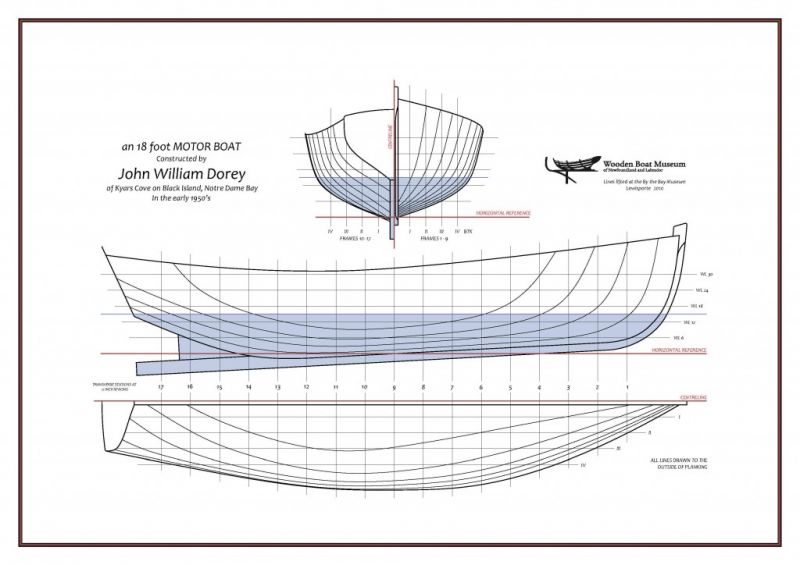The distinction between a punt and a rodney, or if there is even a distinction to be made, is often debated among boat builders and enthusiasts.
Both punts and rodneys are small (under 25 feet) work boats with keel and rounded bottoms. Used in the inshore and coastal fisheries, the design of these boats varies between communities and builders.
For some, the terms “punt” and “rodney” may be used interchangeably to refer to the same boat. For others, a rodney is smaller than a punt. Sometimes the shape of the counter, or transom, is a defining feature.
What do “punt” and “rodney” mean to you?
“My first boat was what we call a rodney – a small boat about 12 feet long. We used to tow her behind the trap boats.” – Tom Abbott, Summerville
“A rodney is a little narrower, I think. And they’re a little more, what you call ‘cranky’… but the crankier they are the easier they are to row.” – Ray Boone, Summerford
“As I was told, a rodney is 14-16 feet. Once you go over that, 16-19 feet, it would be a punt. A punt is little bit bigger than a rodney.” – Stewart Sturge, Salvage
Stewart Sturge, Salvage
“With a rodney, the timber is slighter, the plank is thinner, and she’s lighter… A punt is heavier.” – Jack Casey, Conche
“Same thing. Some people call it a punt and some people call it a rodney… Same shape outside probably just [the punt is] bigger scale.” – Harry Pardy, Little Harbour, Twillingate
“What they call a punt is a little bigger than a rodney. A punt they used to use years ago for towing behind the trap boat. A rodney they used for sealing and gunning and stuff like that.” – Noah Patey, St. Lunaire-Griquet
“I usually think of a rodney as something thats light, easy to row, easy to launch, usually with a little rocker in the keel, and cranky as ever could be… They’re fast, easy to row and light to handle, whereas a punt is more of a heavier, wider, not-so-graceful looking thing that was used for fishing and handling around salmon nets and everything.” – Alf Manuel, Twillingate







